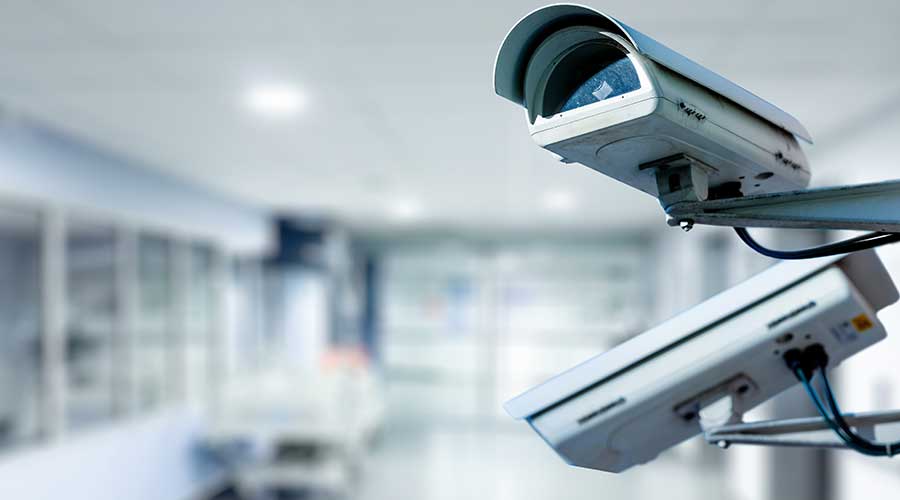Preparing for the unthinkable is difficult, so is preparing for the unexpected. Unfortunately, an increasingly common place for these unthinkable events are healthcare facilities. Places of healing turning into sites of tragedy is rather unexpected, though, it still happens.
According to Legacy Health, there was a shooting at the Portland, Oregan-based Legacy Good Samaritan Medical Center on July 22, 2023. One of the facility’s safety and security officers was shot and killed while protecting staff and patients. A staff member was also injured during the incident but was reported to be in stable condition. No other patients or staff were injured.
In response to the incident, Legacy Health opted to increase and tighten its security. After meeting with its Safety & Security team and organization colleagues, Legacy Health decided to take three immediate actions:
- Installing metal detectors with bag search at every hospital.
- Installing bullet-slow film on the main entrances, emergency departments and on glass in internal entrances.
- Equipping lead security officers with tasers and expanding taser use to officers who complete the required training.
The steps Legacy Health decided to take are an example of preparation. Getting and being prepared for these crises is important for weathering them. The type of preparedness that will be required varies depending on the situation and the healthcare facility itself. There is no “one size fits all” approach when it comes to emergency preparedness.
There are still important factors to consider when developing a plan or procedure, such as:
- Training
- Equipment
- Emergency personnel (I.e., security officers and other first responders)
While a healthcare facility may have a plan in place, it is rather useless unless staff get trained on it. Proper training allows staff to know what to do and how to do it when danger arises. In a way, training itself is a defense since staff will act to ensure safety and order within the facility.
Equipment is another key factor for emergency preparedness. Equipping the right person with the right tools leads to them being ready to enter and handle a crisis if it happens. Equipment can range from objects such as tasers to two-way radios. In addition, equipping the healthcare facility itself is crucial to safety. That can be done by installing technology such as metal detectors, security cameras and access control systems.
Then there are the emergency personnels, the people with the most training and experience with handling these dangerous situations. Having them on staff and prepared is vital to protecting others from harm. They are not limited to security officers, as paramedics and even trained mental health professionals can aid in times of crisis. Even facility managers should be prepared on how to handle the crisis and communicate effectively during and after the event.
Proper emergency preparedness takes a well-rounded and robust approach. Doing so does not guarantee 100 percent safety, however, it will help healthcare facilities be ready for those unthinkable events.
Jeff Wardon, Jr. is the assistant editor for the facilities market.

 Rethinking Strategies for Construction Success
Rethinking Strategies for Construction Success From Touchless to Total Performance: Healthcare Restroom Design Redefined
From Touchless to Total Performance: Healthcare Restroom Design Redefined New York State Approves $53M Construction Program at Niagara Falls Memorial Medical Center
New York State Approves $53M Construction Program at Niagara Falls Memorial Medical Center How Health Systems Are Rethinking Facilities Amid Margin Pressure
How Health Systems Are Rethinking Facilities Amid Margin Pressure Ground Broken on New Medical Office Building in Scottsdale, AZ
Ground Broken on New Medical Office Building in Scottsdale, AZ